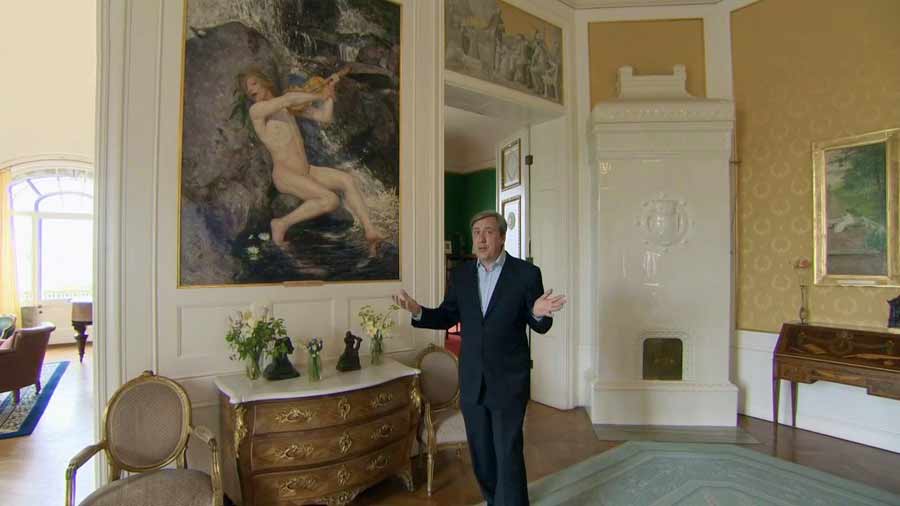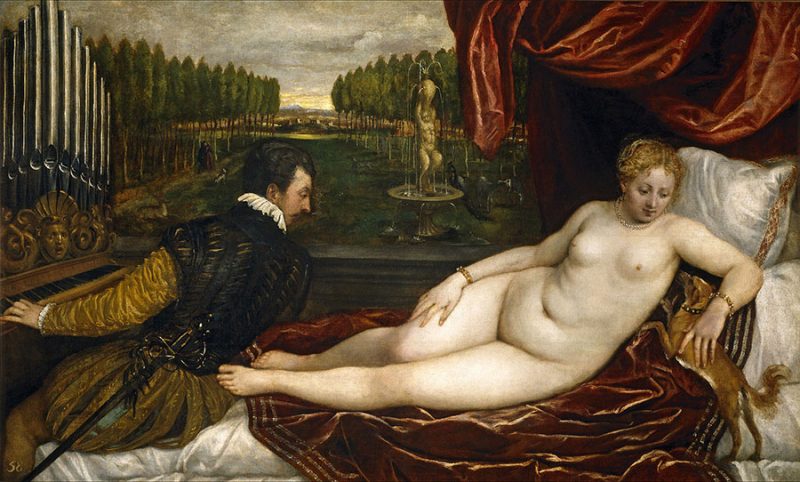Art of Scandinavia episode 3 – Democratic by Design: In the final instalment of Andrew Graham-Dixon’s windswept journey through the art of the Norselands.
We arrive in Sweden – home of Ikea and a tradition of brilliant furniture design stretching back to the early years of the 20th century. Sweden has made its modern democratic mission one of comfort and civilised living for the masses – but has it got there?
Swedish art
Swedish art refers to the visual arts produced in Sweden or by Swedish artists. Sweden has existed as country for over 1,000 years, and for times before this, as well as many subsequent periods, Swedish art is usually considered as part of the wider Nordic art of Scandinavia. It has, especially since about 1100, been strongly influenced by wider trends in European art. After World War II, the influence of the United States strengthened substantially. Due to generous art subsidies, contemporary Swedish art has a big production per capita.
Though usually not especially a major centre for art production or exporter of art, Sweden has been relatively successful in keeping its art; in particular, the relatively mild nature of the Swedish Reformation, and the lack of subsequent extensive rebuilding and redecoration of churches, has meant that with other Scandinavian countries, Sweden has unusually rich survivals of medieval church paintings and fittings. One period when Nordic art exerted a strong influence over the rest of northern Europe was in Viking art, and there are many survivals, both in stone monuments left untouched around the countryside, and objects excavated in modern times.
The Reformation greatly disrupted Swedish artistic traditions, and left the existing body of painters and sculptors without large markets. The requirements of the court and aristocracy were mainly for portraits, usually by imported artists, and it was not until the late 17th or 18th centuries that large numbers of Swedes were trained in contemporary styles. The political success of the Vasa dynasty led to a considerable revival, expressed in the “Gustavan style”, which again had some influence over neighbouring countries.




